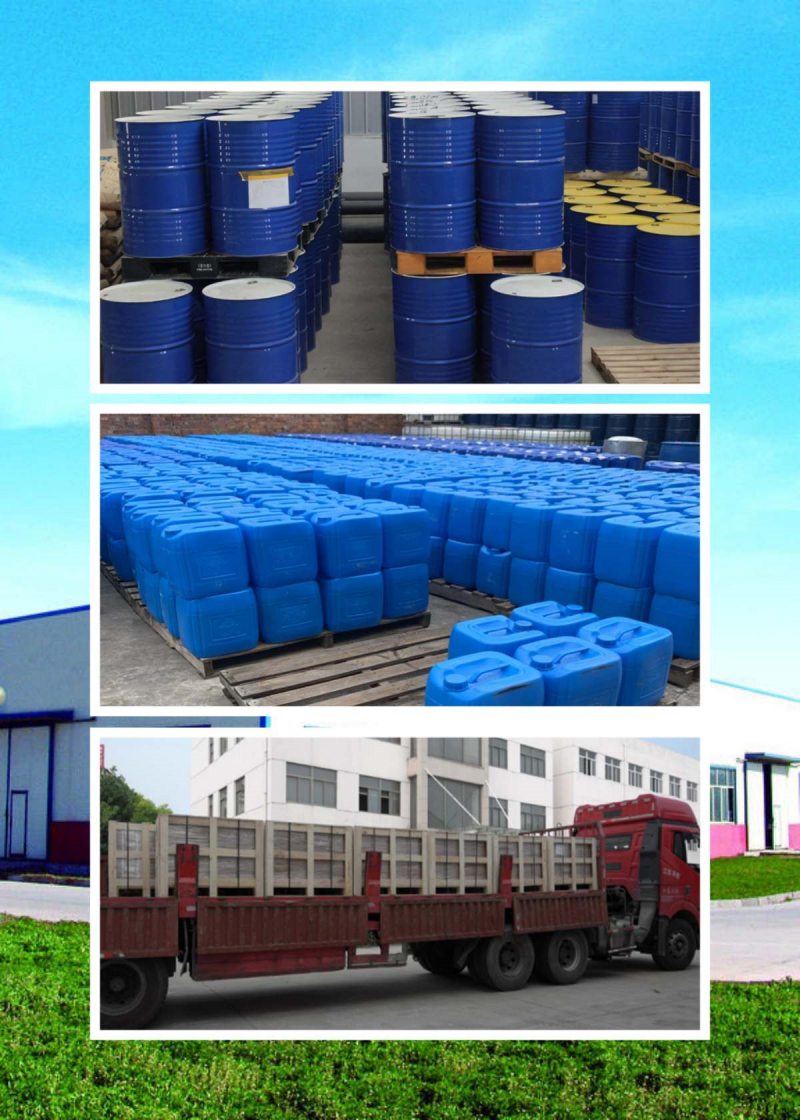1-Butanol
Chinese Name:
Butanol
Name:1-Butanol CAS No.:71-36-3 Molecular Formula:
C4H10O isomer
Molecular weight:
74.1216
EINECS number:
200-751-6
Category:
Alcohols, other pharmaceutical intermediates, cosmetic raw materials
Character description: colorless transparent liquid. Melting point -90.2C, boiling point 117.7 °C, relative density 0.8098 (20/4C), refractive index 1.3993, flash point 35.35.5 °C, spontaneous ignition point 365 °C. The solubility in water at 20 °C is 7.7% (mass), and the solubility of water in n-butanol is 20.1% (mass). Miscible with ethanol, ethyl and other organic solvents. Vapor forms an explosive mixture with air, with an explosion limit of 1.45-11.25 (volume). It can form an azeotropic mixture with water, its boiling point is 92 °C, and the water content is 37%. It has a special aroma like wine.
Production method: There are three main industrial production methods of n-butanol: fermentation method, propylene carbon-based synthesis method and acetaldehyde condensation method
1. Fermentation method: grain, cereals, dried potato or molasses and other raw materials are crushed, added water to make fermentation broth, cooled before and after high-pressure steam treatment, added pure acetone-butanol strains, and fermented at 36-37 °C. During fermentation, gases containing carbon dioxide and hydrogen are produced. The fermentation broth contains ethanol, butanol, acetone, usually in a ratio of 6:3:1. After distillation, butanol, acetone and ethanol can be obtained respectively, and can also be used directly as a total solvent without separation.
2. Radical synthesis method, namely the Reppe process, coke gas to obtain carbon monoxide and gas gas, and propylene under high pressure and the presence of drill or money catalyst for carbon-based synthesis of n-butyraldehyde, hydrogenation and fractionation to obtain n-butanol.
3. Alkaldehyde condensation is derived from two molecules, which are condensed and dehydrated to obtain crotonaldehyde, which is hydrogenated at 180 °C and 0.29MPa to produce n-butanol in the presence of nickel-chromium catalysis. The by-product n-butanol can be used to produce isooctanol.
Alkaldehyde condensation legally produces 1tJ alcohol consumption 98.5%, acetaldehyde 1300kg, hydrogen 674kg.
Uses, mainly used in the manufacture of phthalic acid, aliphatic diacids and phosphoric acid n-butyl cool plasticizers, they are widely used in various plastic and rubber products. It is also a raw material for the preparation of butyraldehyde, butyric acid, butylamine and butanone lactate in organic synthesis. It is also an extractant for oils and fats, drugs (such as antibiotics, hormones and vitamins) and fragrances, and an additive for alkyd resin coatings. It can also be used as a solvent for organic dyes and printing inks, and a dewaxing agent.


Related News
Submitted successfully
We will contact you as soon as possible







